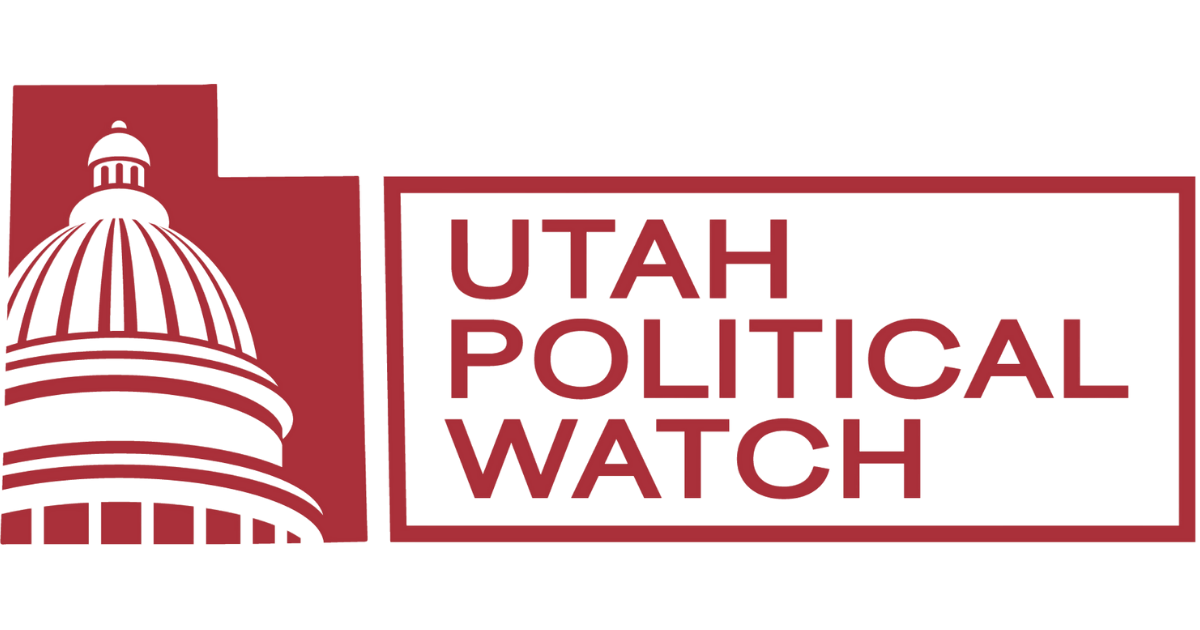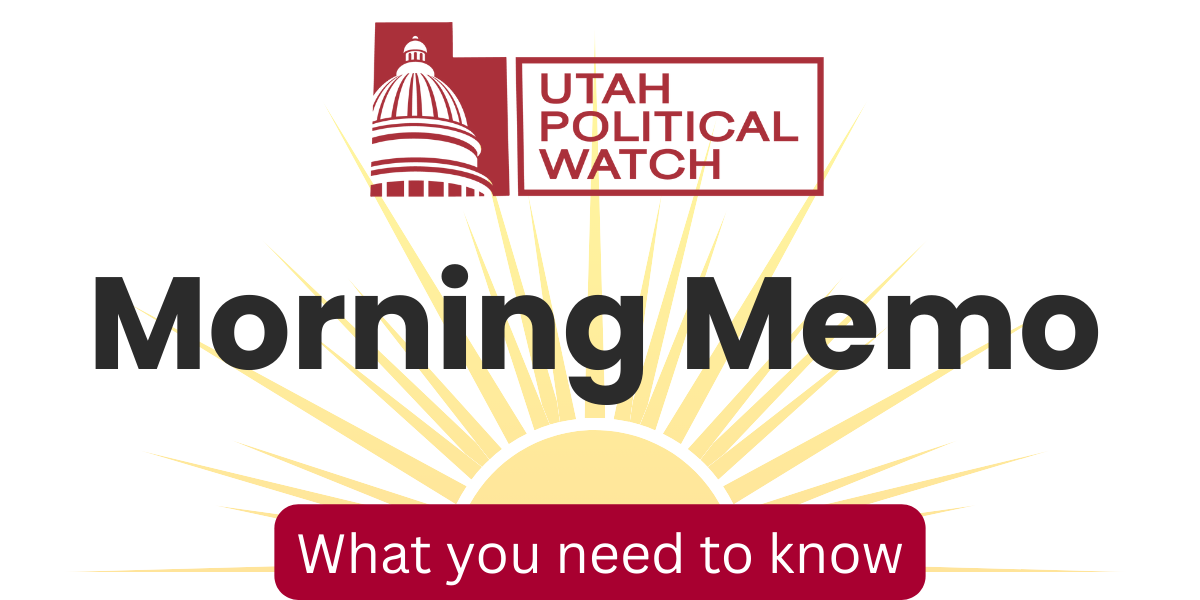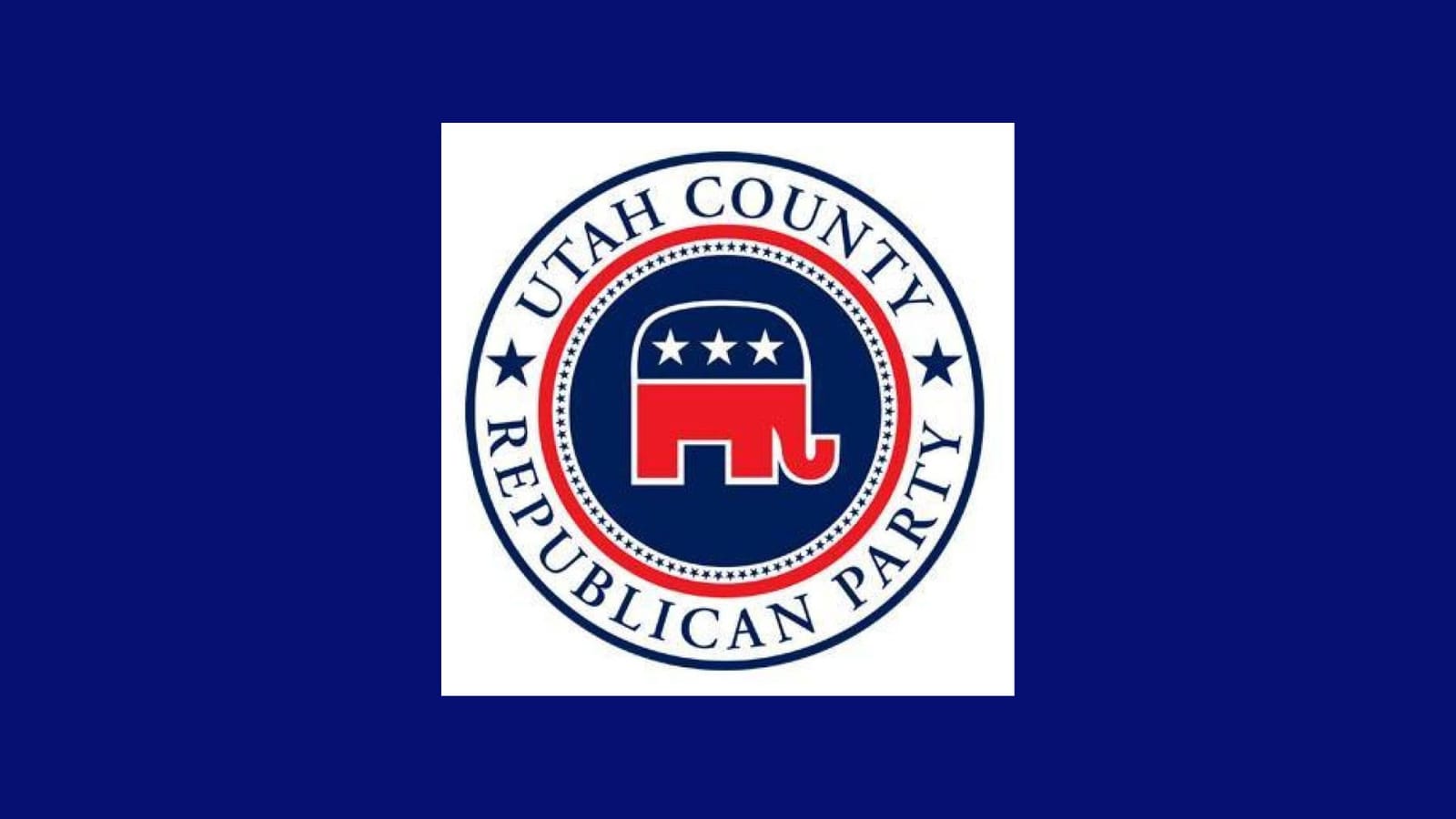⏰ Tick Tock
Days until the court-mandated deadline for lawmakers to publish new congressional maps (9/25/2025) - 3
Days until Election Day (11/4/2025) - 43
Days to the start of the 2026 Utah Legislature (1/20/2026) - 120
Days until the 2026 midterm elections (11/3/2026) - 407
Days until the 2028 presidential election (11/7/2028) - 1,142

Join us for a livestream this evening to discuss what is happening in Utah politics. Here's where to watch:
Today's edition has been unlocked for non-subscribers.
Please consider becoming a paid subscriber or making a one-time donation to support this work.
Bill would redefine "fair" in Utah redistricting battle by locking in Republican advantage
Late Sunday evening, Utah Republican lawmakers unveiled a bill that purports to make drawing political maps more “fair” by establishing clear rules to get rid of partisan bias. However, the legislation from Sen. Brady Brammer threatens to cement GOP dominance in the state’s congressional districts while limiting any judicial oversight.
The move comes just hours after the release of five new congressional maps that initially suggested the possibility of electorally competitive districts. You can read my breakdown of those maps here.
Brammer’s bill, which will be heard in this morning’s Legislative Redistricting Committee meeting, appears to be an attempt to make map drawing more fair by stopping lawmakers from drawing districts in a way that unfairly helps one political party win more seats than it should.
In practice, the legislation could bake in a GOP advantage that would make it difficult to declare any Republican-favoring map a gerrymander.
Here’s how it works.
- Step 1: Calculate the average Republican and Democratic vote share across the three most recent statewide elections for U.S. President, Governor, Attorney General, State Treasurer and State Auditor.
- Step 2: Compare these averages to a 50-50 split if the statewide vote for each party was perfectly even.
- Step 3: The difference becomes the "partisan index" - effectively a built-in advantage for the majority party.
- For example, averaging Utah's 2024 election results for President, Governor, and Attorney General gives the GOP an average vote share of 56.70% and the Democrats 31.31%.
- Those averages result in a "partisan index" for the GOP of 6.7% and -18.69% for Democrats.
- The Republican average is likely lower than it should be because Phil Lyman, who lost the GOP gubernatorial primary in 2024, ran as a write-in candidate, capturing 13.57% of the vote.
- Brammer's legislation includes a provision that reallocates Lyman's votes back to the GOP, which raises the Republican average vote share for the three elections to 61.23%.
- For example, averaging Utah's 2024 election results for President, Governor, and Attorney General gives the GOP an average vote share of 56.70% and the Democrats 31.31%.
- That index is then used to adjust the party's projected vote share up or down in each proposed district. For Republicans, you would subtract 11.23%, and for Democrats, you would add 18.69% - a nearly 30-point electoral gap.
- Every district could have a built-in Republican advantage of 11.23% AND a Democratic disadvantage of nearly 19% and still be considered "fair."
- Using the adjusted projected vote share, count the number of districts each party would win if the statewide vote was perfectly even. Utah currently has four seats in Congress, so Republicans and Democrats should each win two after including the potential 30-point electoral gap.
Brammer's legislation purports to impose a mathematical test so that proposed maps don't create an unfair advantage for either party. Given Utah's lopsided partisan makeup, it would likely cement an overwhelming GOP advantage in whatever boundaries lawmakers approve. It's possible that, using Brammer's formula, the maps thrown out by the court last month would not be considered a gerrymander.
The more immediate impact from Brammer's proposal may be an attempt to block the judge from throwing out whatever new map lawmakers approve during next month's special session or to prolong litigation and perhaps keep the current maps in place while that plays out. The legislation would go into effect immediately if it passes both the House and Senate with a 2/3 vote and the governor signs it, or if the legislature overrides a veto.
If the bill is included on the special session agenda, scheduled for next month, and passes, the judge would be required to use this standard to determine if the map unfairly advantages any political party or candidate. The language in the bill also suggests that this "partisan bias" calculation takes priority over all the other rules for redistricting established by Prop. 4.
The committee will debate and vote on Brammer's bill less than 24 hours after the language was made public.







